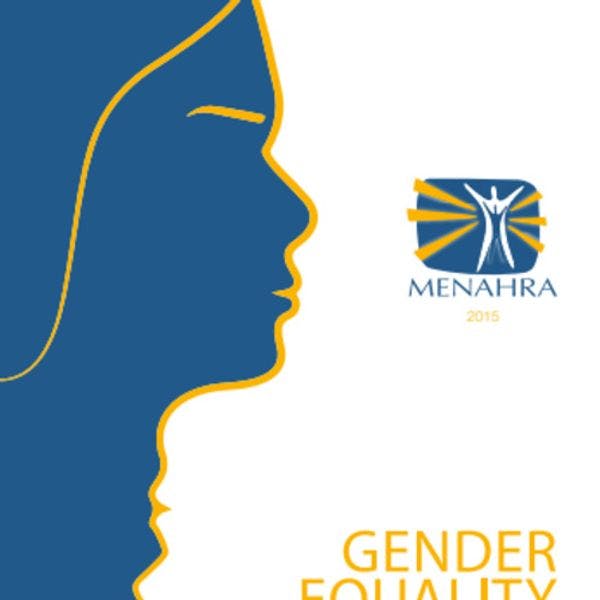Gender equality in harm reduction services
People Who Inject Drugs (PWID) all experience stigmatization, vulnerability, marginalization and high risks for HIV and other infectious diseases among other risks and vulnerabilities. This is even worse for Females who Inject Drugs (FWID) who are often ignored and less visible within PWID community.
Despite the specific needs that drug using women have along with the vulnerabilities they experience, many of them still face extremely difficult barriers in accessing harm reduction services. The social stigma and the gender-related factors, coupled with the male-dominated policy and service design directed mainly towards male needs have reduced female’s access to health care and treatment. Poverty, stigma, domestic violence, police harassment, and fear of losing custody of their children are only some of the barriers hindering or preventing females who use drugs from seeking medical and counseling services. And for those who ask for medical care, they are likely to be denied access or receive substandard services from doctors and nurses who are not trained and not prepared to deal with their issues.
Due to a combination of biological, social, and cultural factors, women’s drug use is different from men’s. Compared to their male counterparts, women who inject drugs experience significantly higher mortality rates; an increased likelihood of injecting-related problems; faster progression from first drug use to dependence; higher rates of HIV; and higher levels of risky injecting and/or sexual risk behaviors.Women who inject drugs are more likely than their male counterparts to have a sexual partner who injects drugs, and to be dependent on them for help acquiring drugs and injecting. They are more prone than non-injecting females who use drugs to intimate partner violence. Relationship dynamics can make it difficult for women to access harm reduction services, enter and complete drug treatment (if desired) or practice safer drug use and safer sex.
The manual is designed to provide information and guidance on strategies and interventions aiming at integrating gender-specific services into harm reduction programs. It provides information needed to fill the gap in knowledge on how to improve access to gender specific harm reduction services for FWID in the MENA region.
The manual:
- Provides information and presents experiences and practical approaches from different MENA countries
- Provides information on gender-specific needs and challenges that may hinder Females who Inject Drugs’ HR service uptake and strategies that help address those needs & challenges
- Provides guidance on approaches and meaningful strategies to increase uptake of harm reduction services by females
The manual takes into account the cultural, religious, social, and other specificities of the MENA countries.
This publication is available here.
Keep up-to-date with drug policy developments by subscribing to the IDPC Monthly Alert.
